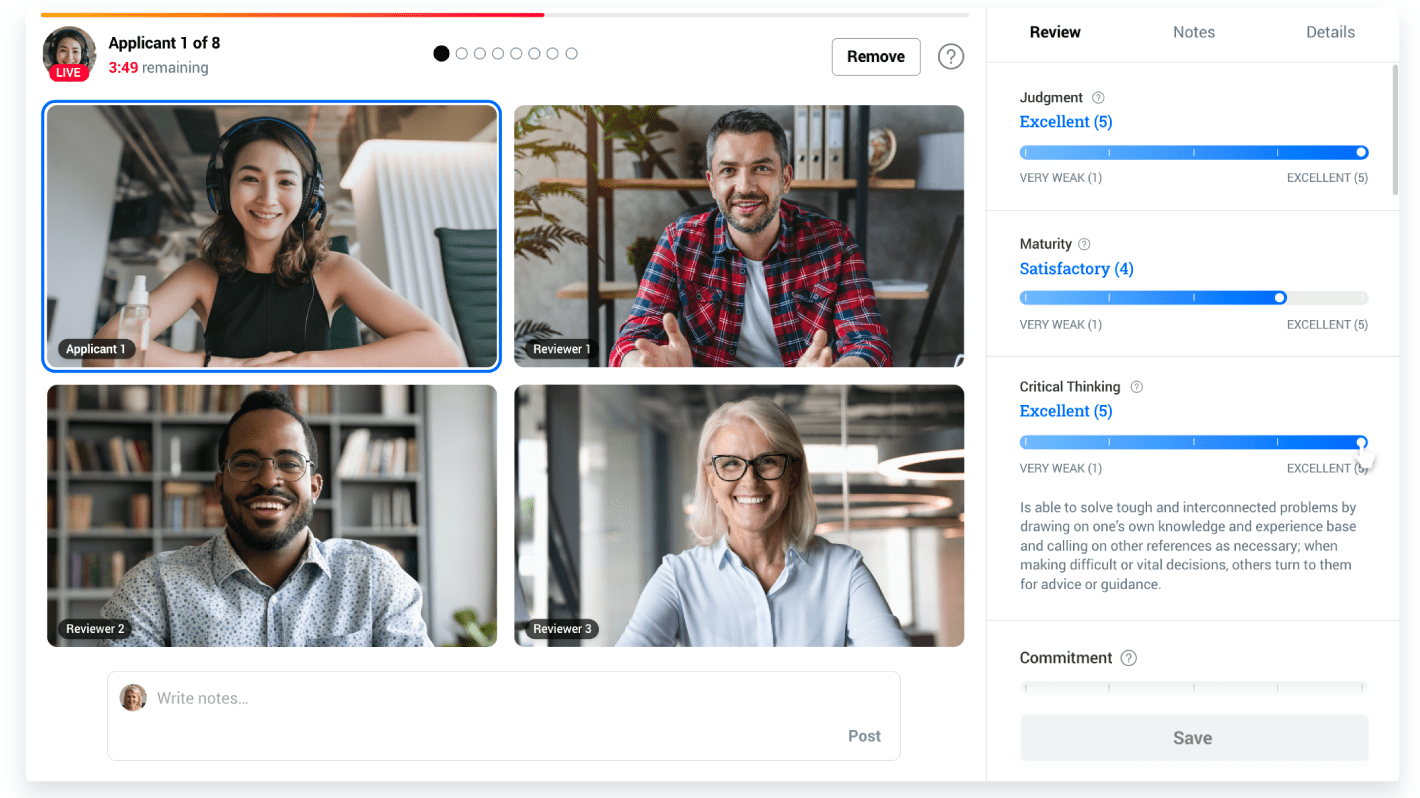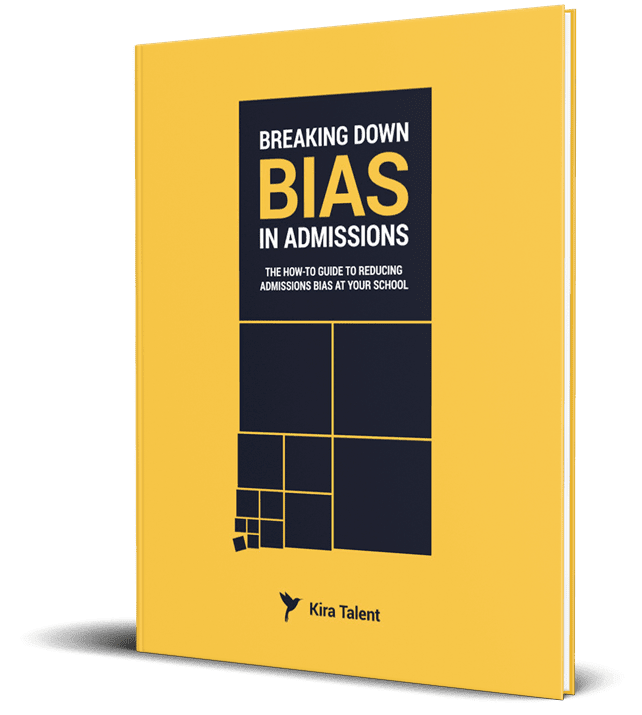While winning big has served as an incentive in advertising campaigns in other industries, choosing your school is a big decision.
Can a ‘chance to win’ really motivate students to complete an application to your school? We spoke with two schools who say yes.
BI Norwegian Business School in Oslo, Norway and Acadia University in Nova Scotia, Canada are two vastly different schools who compete in different markets for different students.
Acadia University is a small Canadian university on a beautiful campus overlooking the Bay of Fundy in the town of Wolfville, Nova Scotia. Acadia has under 4,000 students and a faculty to student ratio of 1:14. BI Norwegian Business School is over four times Acadia’s size, a triple-accredited business school that educates over 18,000 students across its four campuses.
However, both have used contests at the center of their recruitment strategy to drive student interest.
Let’s start by looking at their campaigns:
Win Your Room: Acadia University
The Win Your Room campaign gives prospective students an opportunity to win the cost of their residence room. The contest is promoted on billboards and transit ads in major Canadian markets like Toronto, Calgary, Ottawa, and Halifax, as well as digitally across Acadia’s social media channels.

A Flying Start: BI Norwegian Business School
A Flying Start was a significant, strategic, and multi-channel campaign centered around a highly-produced video promoting a contest that gives one applicant a “flying start” to their time in Oslo by introducing them to their entire class beforehand, easing the fear of moving to a new city and entering a new community. The video, at the same time, showcased the benefits of studying in Oslo and the beautiful, modern university campus.
Five Strategies for a Successful Higher Ed Recruitment Contest
1. Solve a problem for your applicants
Both Acadia University and BI Norwegian use their contest to challenge a major objection that prospective students may have about applying to their school.
In hopes of growing their international student body, BI Norwegian looked into research showing what kept students from taking the leap to move to a new country to study.
“We discovered that several papers pointed to the ‘hassle’ of relocating,” said Anette Skott, Marketing Manager at BI Norwegian Business School. “We wanted to remove some of that hassle for one lucky student, and built the campaign around what we wanted to do for the selected student to make the transition to Oslo as smooth as possible.”
With rising student debt, Acadia University wanted to give students the excitement of the possibility that their room might be paid for Acadia.
“We can take away that worry, entirely, for one student. And it just might be what makes them choose to come here,” added Scott Roberts, Executive Director, Communications & Public Relations at Acadia University.
2. Focus on your school’s strengths
At Acadia, around 40 percent of all undergraduate students live on campus and the school has plentiful housing. So, Win Your Room aligns with one of the biggest benefits of choosing Acadia: A second-to-none residence experience.
“We know the students who live in our residences are the students who do better in school, they have more robust social support systems, and they are engaged more directly in the university. They also become strong and loyal alumni,” said Roberts.
“When it comes down to deciding and choosing the community you want to live in for four years, this community and our campus are really compelling reasons why students choose Acadia,” he added.
Acadia’s picturesque campus also lends well to high-resolution photography. So what better way to show off campus than a billboard?
“We are adjacent to the Bay of Fundy, so we actually use some photography of our students doing what students do. You get some really spectacular photography,” explained Roberts. “What we know from our students is that the campus itself is one of the biggest reasons why students choose to come here.”
“When young people have an opportunity to see what students who come here can do, during the course of their education (if you happen to like the water), it’s a beautiful place to come,” added Roberts.

Minas Basin, Nova Scotia near Wolfville
3. Plan for virality
For BI Norwegian, planning for virality meant coordinating which digital channels to use, building customized segments in each of the target markets, and measuring everything.
Since its launch in December 2015, the video for A Flying Start has been viewed over two million times across digital channels and the contest had over 3,000 applications from interested students.
“We spent a lot of time planning for distribution, which is essential to reach the audience you want, and to get as much bang for the buck as possible,” explained Skott. “Nothing goes viral these days just by chance.”
Three years later, the campaign’s success combined with the hard work of their admissions team, is paying off. As of April 30, 2018, BI’s Norwegian was up 20% in completed international applications and the admissions team was able to send 74% more international offers compared to last year.
“We also see that international applicants accept their offers at an increasing rate – up 42% compared to last year,” Skott added.
4. Aim to drive applications
For Acadia University, their Win Your Room contest is specifically measured on submitted applications, not on general awareness.
“If you’re just trying to make people aware of the institution, no active engagement with the school is necessary,” said Roberts of Acadia University. “You’re just sort of hoping that people are intrigued by the ad and they will apply. However, a contest with specific call-to-actions for the applicants, or contestants, gives you a better chance of generating some measurable interest for the institution.”
For schools that are hoping to drive more qualified interest, and not necessarily attempting to create an international, viral and award-winning campaign like BI Norwegian, an approach like Acadia’s will likely be more measurable and achievable.
“In markets outside of the Maritimes, getting people’s attention is really hard. And, it’s really expensive for us,” said Roberts. “For Acadia, what we’re really trying to do is be very specific, and not just, ‘hey, have you checked out Acadia?’ If you’re going to university, you could win your residence room. It’s purposely specific, and meant entirely to drive applications.”
5. Aim to drive awareness
On the other hand, BI Norwegian was trying to generate awareness about considering BI Norwegian with A Flying Start. The campaign received media buzz, viral internet fame, and has been used in recruitment collateral for years since.
“The aim of the video was to increase brand awareness in our international target group, meaning we had a long-term goal,” said Skott. “You can think of this campaign as a campaign to sow, not reap, in terms of driving applications.”
BI Norwegian’s contest was an attention-grabbing tactic that kicked off their larger, multi-channel international recruitment strategy over the following years. The contest generated thousands of prospective student leads for the recruitment and admissions team to work with, even if those students didn’t necessarily win the big prize, they were now intrigued by the school’s unique offering.
Choose what’s right for your program
In the end, either approach can work wonders for recruitment at your school, but choosing one allows your campaign to be more focused and measurable. Decide on your approach based on what aligns best with your end goal (and your budget), develop a plan, and measure the results.
“I think it is essential to specify what the competition should solve in your campaign. Should it drive traffic to your website? Increase applications? Conversions? In our experience, a contest executed the right way might be a good way of getting the attention of the target group, meaning something unexpected at the beginning of a marketing campaign,” said Skott.



